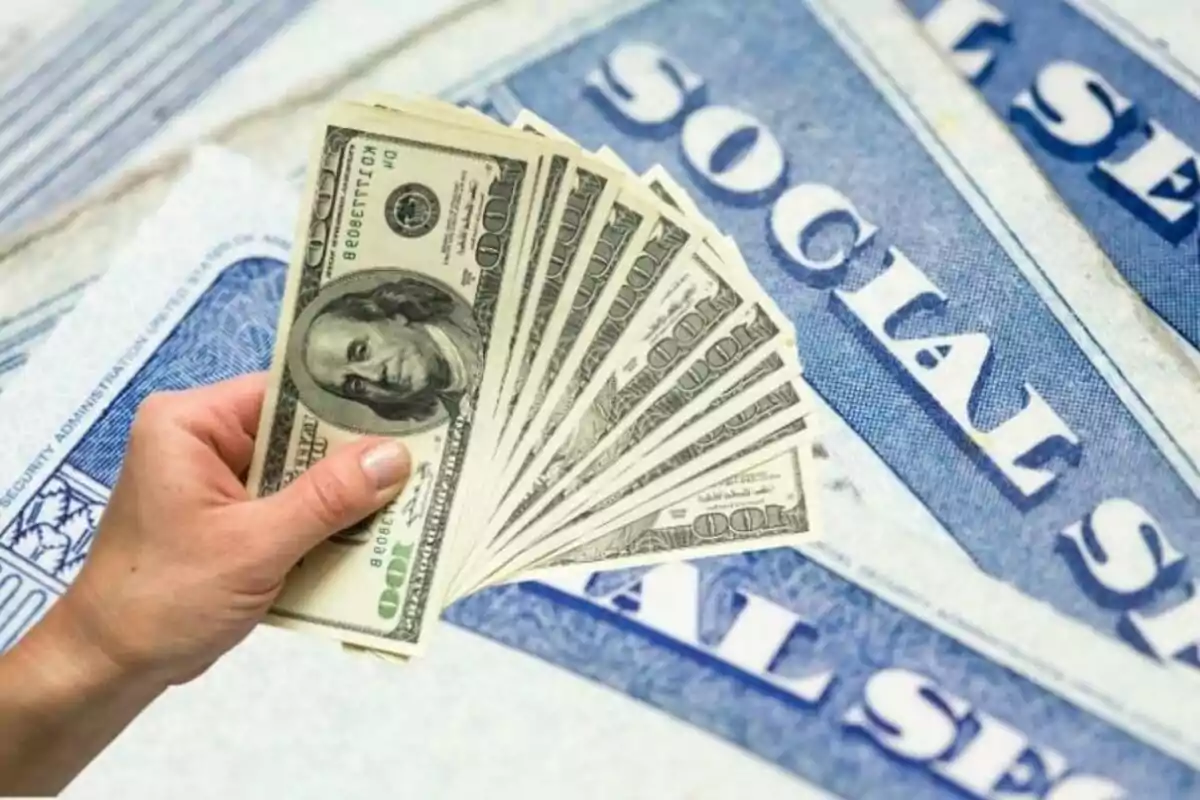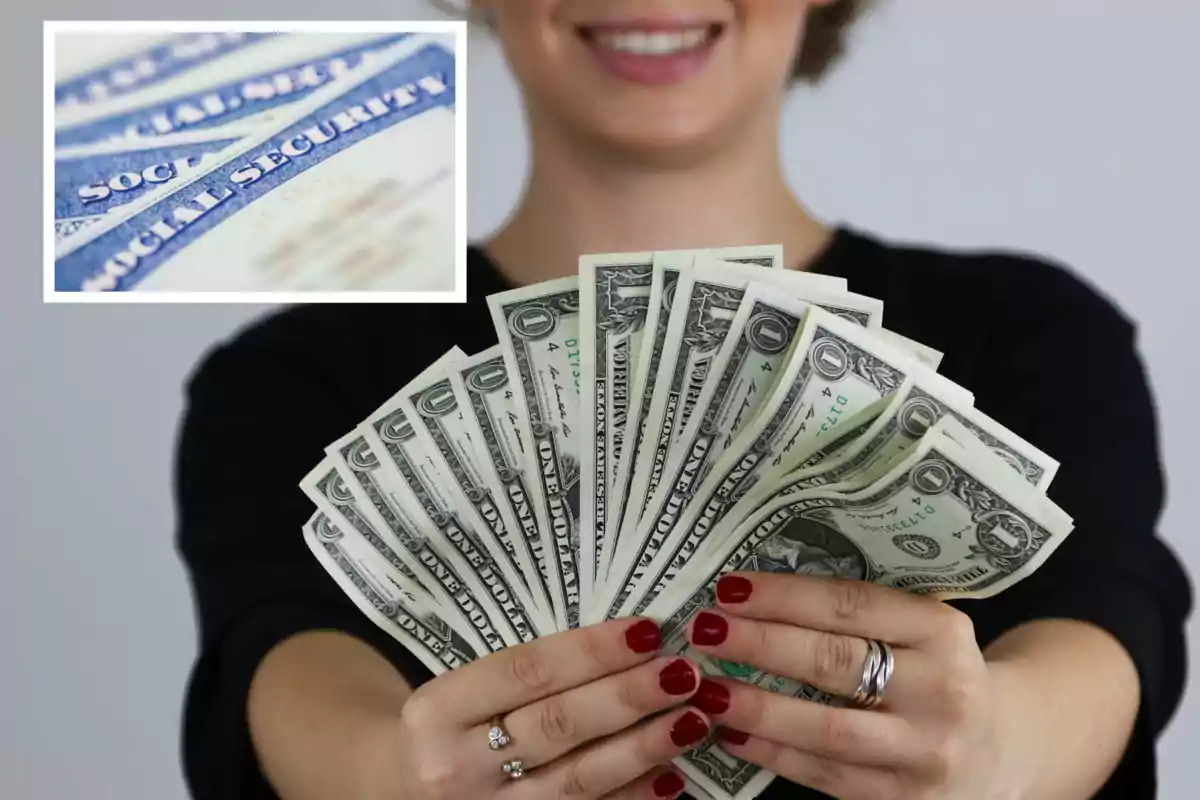The most important food assistance in the United States is facing a far-reaching change. The SNAP program, which gives access to healthy food to millions of people, is at the center of a debate about public health and consumption habits. What today seems like a simple legislative proposal could become a transformation with a major impact on families' daily lives.
Congress is studying a new regulation that would mark a turning point. It's the Healthy SNAP Act, a bill that seeks to redesign which products can be purchased with the benefits card. If approved, millions of beneficiaries will have to adapt their shopping lists to new, stricter rules.

States that will apply restrictions
The Healthy SNAP Act excludes products like sodas, ice cream, candy, and prepared desserts from the shopping list. The idea is clear: reduce the intake of ultra-processed foods and promote healthier choices. It's a measure with strong support from health organizations that see SNAP as a tool to influence the diets of millions of people.
Although the bill is still awaiting federal approval, six states have already taken a step forward. Mississippi, Arkansas, Missouri, Tennessee, Alabama, and Louisiana announced that they will apply local restrictions starting in 2026. In those regions, beneficiaries won't be able to use EBT cards to buy what's considered junk food.

The measure has sparked debate in communities and businesses. Supporters say it's a responsible action in the face of rising diseases related to poor nutrition. Meanwhile, critics argue that limiting options affects autonomy and could create confusion in supermarkets and stores.
What will still be allowed for purchase
Despite these restrictions, the list of eligible foods remains broad. Fruits, vegetables, meats, fish, dairy, breads, and cereals will still be available on the SNAP card. The purchase of seeds and plants intended for home consumption will also be allowed, even encouraging small family gardens.
USDA explains that the change seeks to align the program with current nutritional recommendations. It's about promoting consumption patterns more in line with the prevention of diseases like diabetes and obesity. The desired impact is not only on individual health, but also on the costs of the healthcare system.
In addition to the list of products, there will be another key change on the horizon. The SNAP payment schedule will be adjusted in 2026 with the new COLA amounts. Starting in October 2025, these adjustments will begin to be applied, which will be reflected in each state with specific conditions.
A different SNAP in 2026
The combination of new restrictions and economic adjustments will essentially transform the SNAP program. With more than 42 million beneficiaries, the decisions made in these six states could be the beginning of a nationwide reform.
What used to be a simple shopping benefit is now shaping up as a public health instrument. The question is to what extent beneficiaries will see this measure as help or as a limitation. In any case, the SNAP of 2026 won't be the same as the one millions of families in the United States know today.

